As the Women’s World Cup drew to a close yesterday, the noise around the ground wasn’t just generated by fans celebrating the continued dominance of the United States. The crowd also chanted in support of equal pay and booed FIFA president Gianni Infantino.
This is brilliant!!!!! EQUAL PAY!!!! #USMNT pic.twitter.com/MSR5MRBUUj
— Nancy Lee Grahn (@NancyLeeGrahn) July 7, 2019
Their problem? The lower prize money and pay earned by female players compared to their male counterparts. The prize money for the women’s tournament is £24m ($30m), while the total for the men’s competition last year came to £319m ($400m). So in the face of this seemingly undeniable inequity it seems Megan Rapinoe, captain of the US team, is right to back the chanting. But in fact the calls for equal pay are wrong.
The prize money for these competitions doesn’t appear out of thin air. There isn’t a set winnings pot specifically allocated for football competition prizes, which is then divvied up by the sexist powers that be. It comes from revenue raised around the tournament – from ticket sales, corporate partners, sponsorship and advertising deals. And while this Women’s World Cup has enjoyed record viewing figures, the men’s game still attracts more money for a simple reason: more people want to watch it and therefore sponsorship deals and endorsements are worth more. In fact, earlier this year Forbes reported that women are actually paid more than men at the World Cup when prize money is calculated as a percentage of revenue raised.
Over 3.5 billion people watched the 2018 MWC, compared to generous estimates of one billion for the WWC. A billion viewers for women’s football is a significant leap from 2015, and the competition has been a fantastic advert for the sport. It seems likely that when the next tournament takes place in 2023, pay and sponsorship revenue will again rise as awareness and interest in the sport increases. FIFA has already announced the prize money it awards will double. But it is faintly ridiculous to expect equal pay today for sports with wildly disproportionate fan bases.
Prior to the tournament, the UN tweeted a graphic bemoaning the fact that one male footballer (Lionel Messi) earned almost double the combined salaries of nearly 1,700 of the world’s top female players. Setting aside the not insignificant skills difference between the female players at the top and bottom of that 1,700, the simple fact is the market has decided what Messi is worth. His name, his face, and his left foot are worth £67m ($84m) a year because he is arguably one of the best and most recognisable footballers on the planet. His shirt was the most widely sold across the world three years in a row from 2015. While even the most avid follower of women’s football would probably only be able to name a fraction of the 1,700 list of top female footballers.
As Messi’s earnings demonstrate, salaries and prize money are not the only financial reward for sportsmen and women. The US women have been more successful and are arguably now more recognisable than their male counterparts, whose best World Cup result came in 2002 when they were knocked out in the quarter finals.
If Rapinoe and co want to make a few dollars, they would have a much better chance of marketing their personal and team brand than demanding money from competitions that don’t raise income at nearly the same levels as the men’s game.
It is certainly working for Roger Federer, who last year earned £5.92m ($7.4m) on the tennis court, but raked in over £63m ($80m) in endorsements. Even athletes who have retired or are no longer at the top of their game are able to earn significant income from sponsorship deals. Rapinoe has featured heavily on the front and back pages of newspapers across the world, so would be well placed to cash in on her personal brand.
Women’s equality has come a long way in recent decades. But those demanding equal pay need to take a step back and acknowledge that while the profile of women’s football is increasing, there is still a way to go before it catches up with the men’s game.
Crowds at the World Cup can chant all they like in support of equal pay. Yet until the wider public actually begins to watch and support women’s sport more widely, we can’t blame governing bodies for offering smaller prize pots.
Got something to add? Join the discussion and comment below.
Get 10 issues for just $10
Subscribe to The Spectator Australia today for the next 10 magazine issues, plus full online access, for just $10.

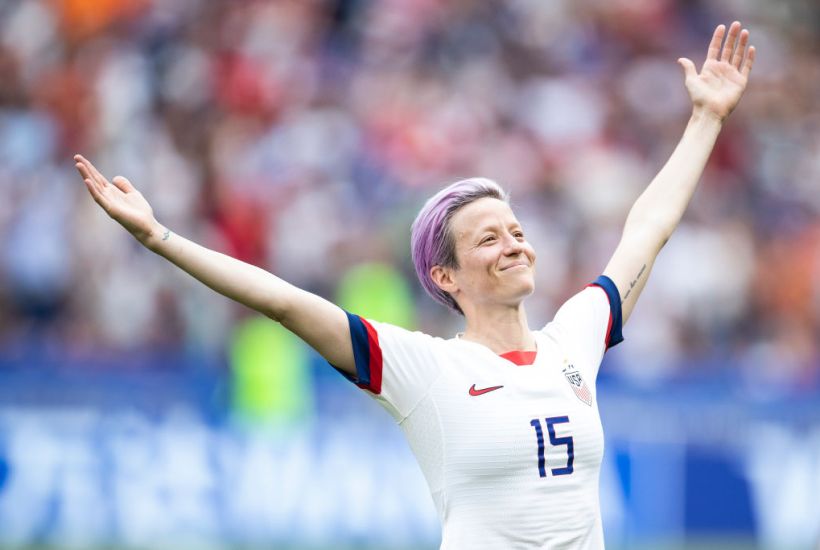
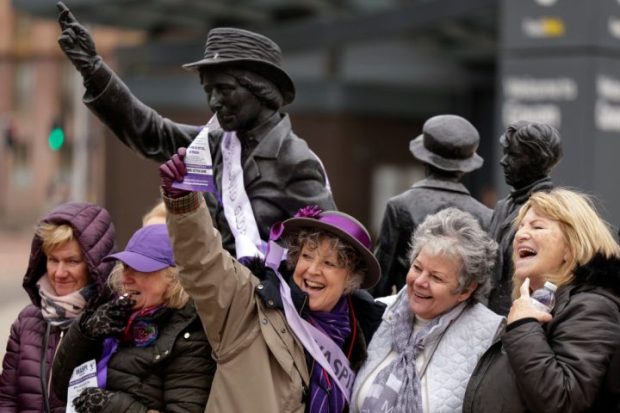
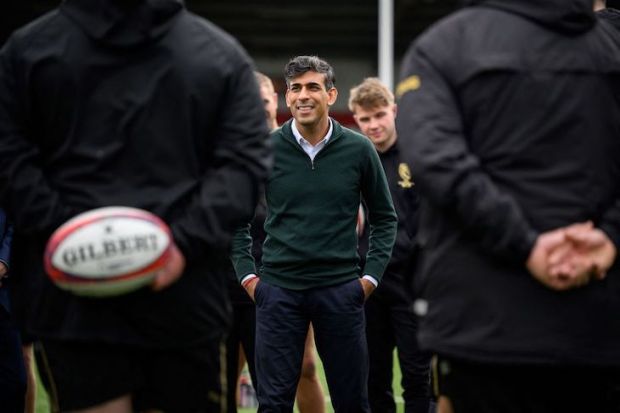
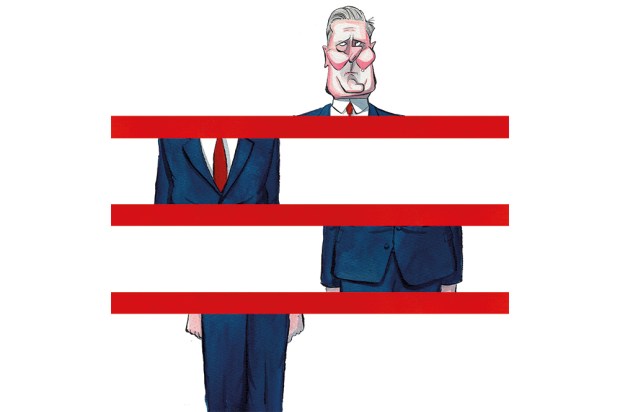
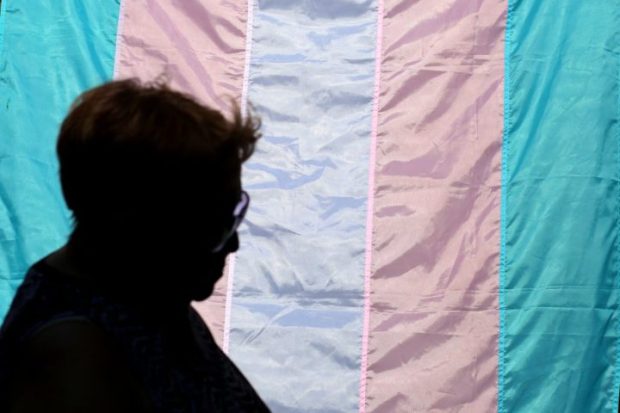
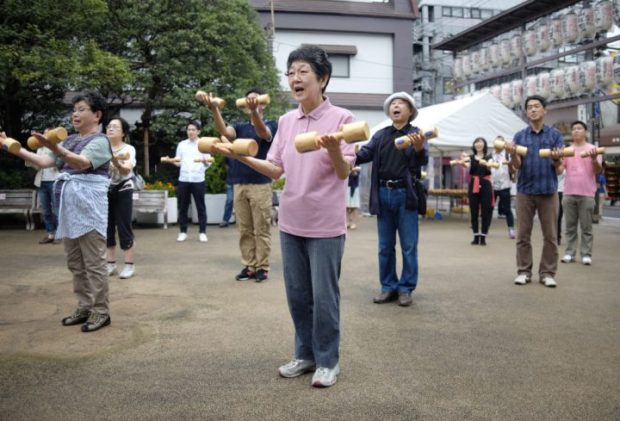
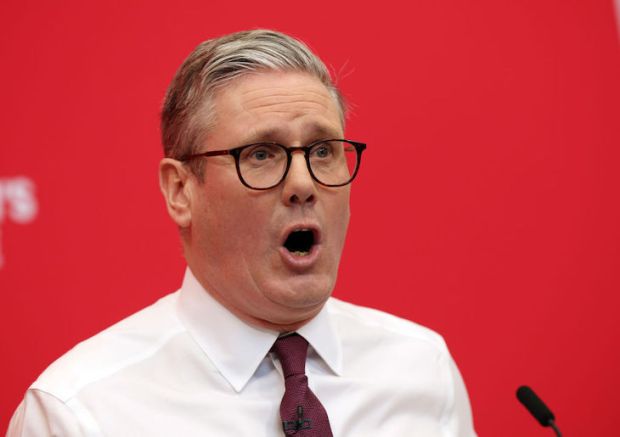












Comments
Don't miss out
Join the conversation with other Spectator Australia readers. Subscribe to leave a comment.
SUBSCRIBEAlready a subscriber? Log in